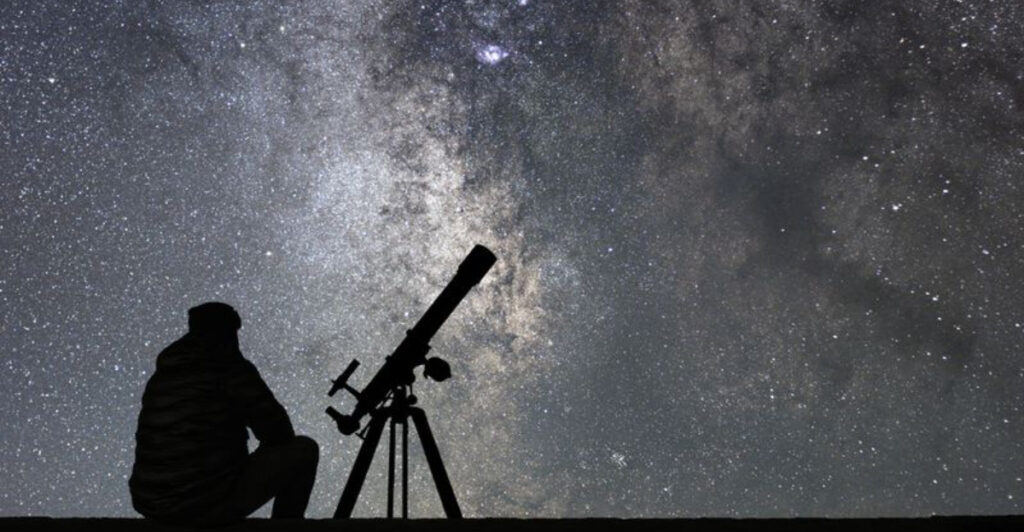Flagstaff, Arizona, is a beacon of dark-sky preservation, blending urban life with celestial wonders. As the world’s first International Dark Sky City, it offers an unparalleled stargazing experience, thanks to its historical commitment and ideal natural conditions. From historic observatories to vibrant community events, Flagstaff champions both environmental stewardship and economic vitality through astrotourism.
A Trailblazer in Dark-Sky Preservation
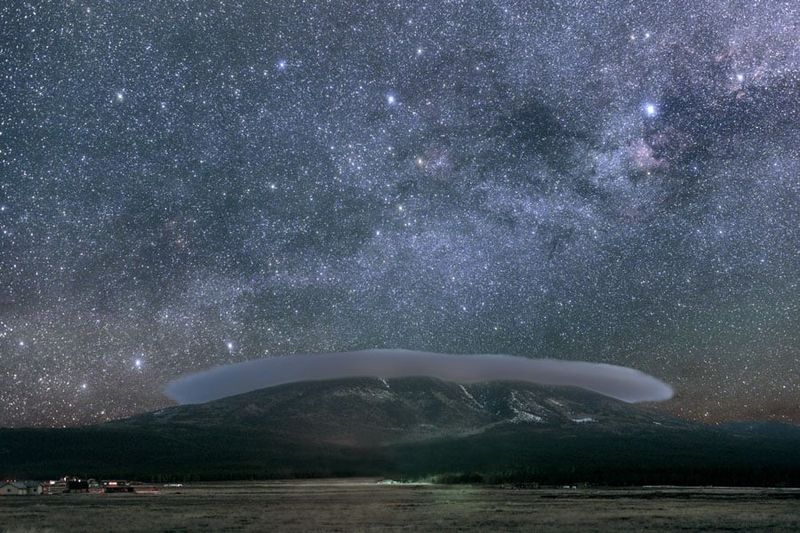
Flagstaff’s journey as a dark-sky pioneer began with its 1958 outdoor lighting ordinance, the first globally aimed at protecting the night sky. This trailblazing measure set the stage for its 2001 designation as the world’s first International Dark Sky City. Flagstaff’s skies are purposely kept dark, a testament to the city’s commitment to preserving the celestial wonder above. These efforts have resulted in skies that are not just well-preserved, but intentionally darkened to enhance astronomical observation. A legacy of innovation, Flagstaff inspires other towns to turn off their lights and let the stars shine.
Ideal Natural Conditions for Stargazing
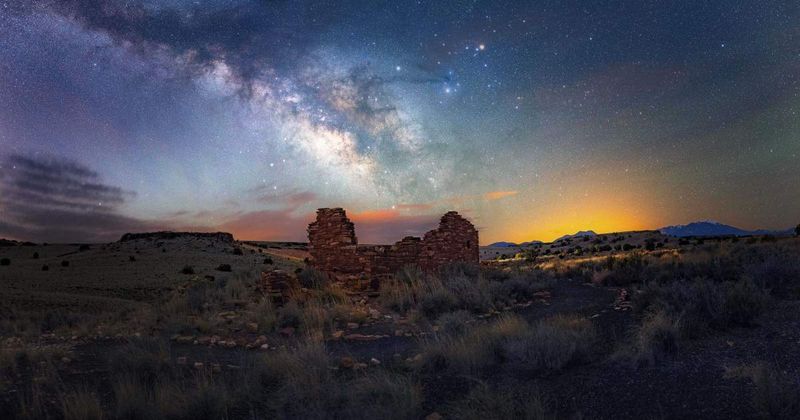
Perched at 7,000 feet, Flagstaff boasts thin, dry air and minimal humidity, creating perfect conditions for stargazing. The surrounding Ponderosa pine forest enhances this natural setup, framing the sky beautifully. Outdoor lighting is carefully controlled, further darkening the sky compared to similar-sized towns. These factors combine to make Flagstaff an ideal location for observing the stars. The sky here is said to be 90% darker than those in other towns without such restrictions. It’s a natural stargazer’s paradise, offering breathtaking views of the cosmos.
Historic Observatories & Cutting-Edge Astronomy
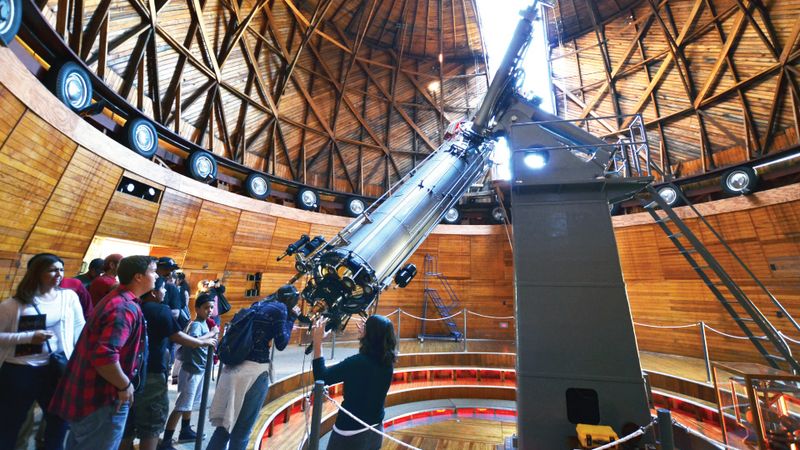
The Lowell Observatory, established in 1894, stands as a National Historic Landmark where Pluto was discovered in 1930. It has played a crucial role in both historical and modern astronomy, hosting astronauts for lunar mission training. The Giovale Open Deck Observatory, a new addition, enriches the visitor experience with six advanced telescopes and interactive exhibits. Nearby, the U.S. Naval Observatory Flagstaff Station contributes to precision astronomy. These institutions make Flagstaff a hub of astronomical research and education, blending historic legacy with cutting-edge technology.
Top Spots & Community Stargazing Events

Flagstaff offers numerous stargazing locations, with Buffalo Park hosting an annual Star Party that attracts astrophotographers and enthusiasts. The event is a cosmic celebration, bringing the community together under the stars. Other notable spots include Arizona Snowbowl, Mount Elden, and Sunset Crater Volcano National Monument, all providing breathtaking views of the Milky Way. These events and locations fuse natural beauty with community spirit, enhancing Flagstaff’s reputation as a stargazing haven. The town’s commitment to dark skies is celebrated in every gathering.
Astrotourism Meets Small-Town Charisma
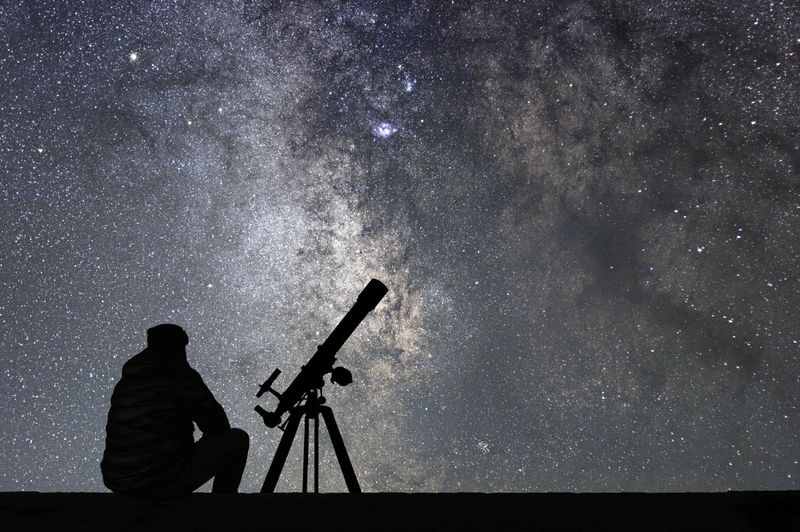
Flagstaff’s dark-sky dedication extends beyond environmental goals to fuel its economy through astrotourism. The town offers guided night sky tours, celestial-themed lodgings, and activities year-round, inviting tourists to experience its unique charm. This integration of environmental and economic stewardship showcases how protecting the night sky can lead to vibrant local tourism. Visitors are drawn not only by the clear skies but also by the town’s welcoming atmosphere and engaging activities. Flagstaff exemplifies how small-town charisma can thrive alongside stargazing adventures.

